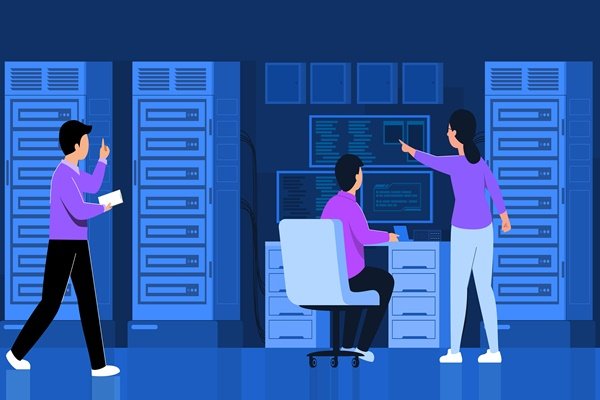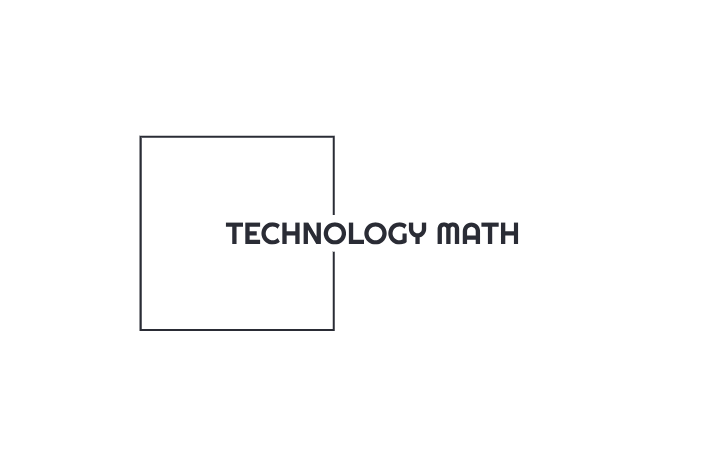
Successful organizations in the digital age depend on effectively managing and safeguarding their IT systems. Effective management and protection of an organization’s IT systems necessitate using tools, procedures, and strategies related to IT infrastructure security.
This guarantees the availability, confidentiality, and integrity of data and resources. Organizations may protect themselves against cyber threats and interruptions, reduce risks, and promote overall business continuity by upholding robust security and operational procedures.
Sustaining success in the contemporary digital environment requires effective management of IT infrastructure. In this post, you will learn what is IT infrastructure security and a lot about it:
IT Infrastructure Security Benefits:
Data safety and seamless operations are ensured by infrastructure security, which protects an organization’s technological assets. Companies stay competitive by safeguarding their intellectual property and sensitive data. A company’s reputation and financial success may suffer from any loss or disturbance to this data.
Secure infrastructure can avoid data breaches, system outages, and illegal access, which can all result in serious operational and financial consequences. Investing in infrastructure security gives the company stability and dependability against other interruptions and cyberattacks.
Common dangers to IT infrastructure security:
Technology infrastructure is vulnerable to various cyber threats, including ransomware attacks, phishing scams, distributed denial of service (DDoS) flaws, and Internet of Things (IoT) botnets.
Theft or vandalism of hardware assets, utility outages, civil unrest, and natural disasters like fires and floods are examples of physical risks. Any of these could have a substantial negative financial impact, disrupt operations, and harm an organization’s brand.
Alternatives for protecting IT infrastructure:
Security guards, perimeter security, surveillance systems, and access control are common examples of physical protection components. Organizations will put firewalls, penetration testing, network monitoring, virtual private networks (VPNs), encryption technologies, and training programs in place to protect their digital perimeter.
These programs will teach staff members, among other security measures, how to spot phishing emails and other attempts to obtain their network credentials.
Top techniques for safeguarding infrastructure
The complexity and importance of safeguarding technological infrastructure have increased due to increased interconnection and use of cloud services, microservices, and software components at corporate network edges and across several cloud platforms.
Businesses are tackling this problem in part by implementing zero-trust security architectures. An identity and access management philosophy known as zero trust holds that no user or workload is presumed trustworthy by default.
It demands verification from all users, devices, and application instances that they are who or what they claim to be and have permission to access the resources they need.
Another important part of IT Infrastructure Security is educating staff members about password and credential security. The human element is frequently the weakest point in an organization’s security plan. Given the constant pace of infiltration attempts, even a small, seemingly insignificant breach of the security perimeter can have serious consequences.
Furthermore, a strong and regular backup plan offers a crucial safety net for business continuity because new threats might materialize at any time, and disasters can have higher-than-expected repercussions. As data volumes continue to climb, businesses must find a data security solution that can guarantee continuous availability through easy, quick recovery from disruptions, uniform operations worldwide, and smooth app and data mobility across various clouds.
Final words:
Securing IT infrastructure effectively is essential for modern organizations to succeed. By implementing robust security measures, businesses can secure their data, maintain continuity, and guard against cyberattacks and interruptions. Encouraging long-term stability and prosperity means giving IT security top priority.






